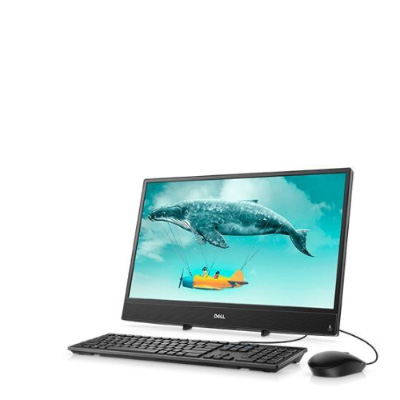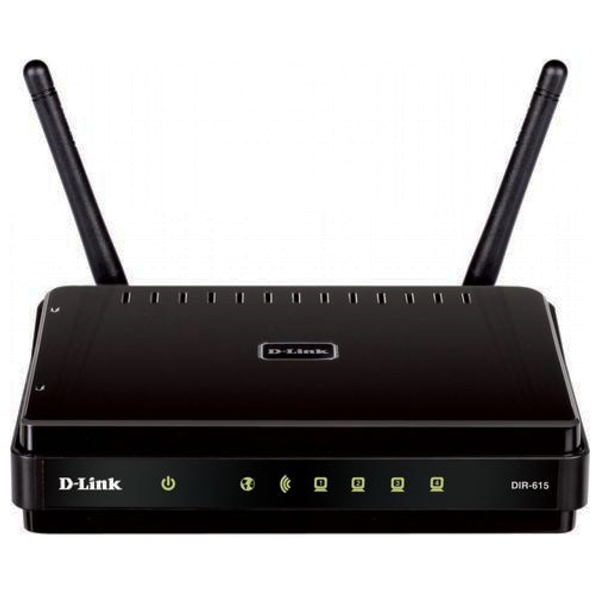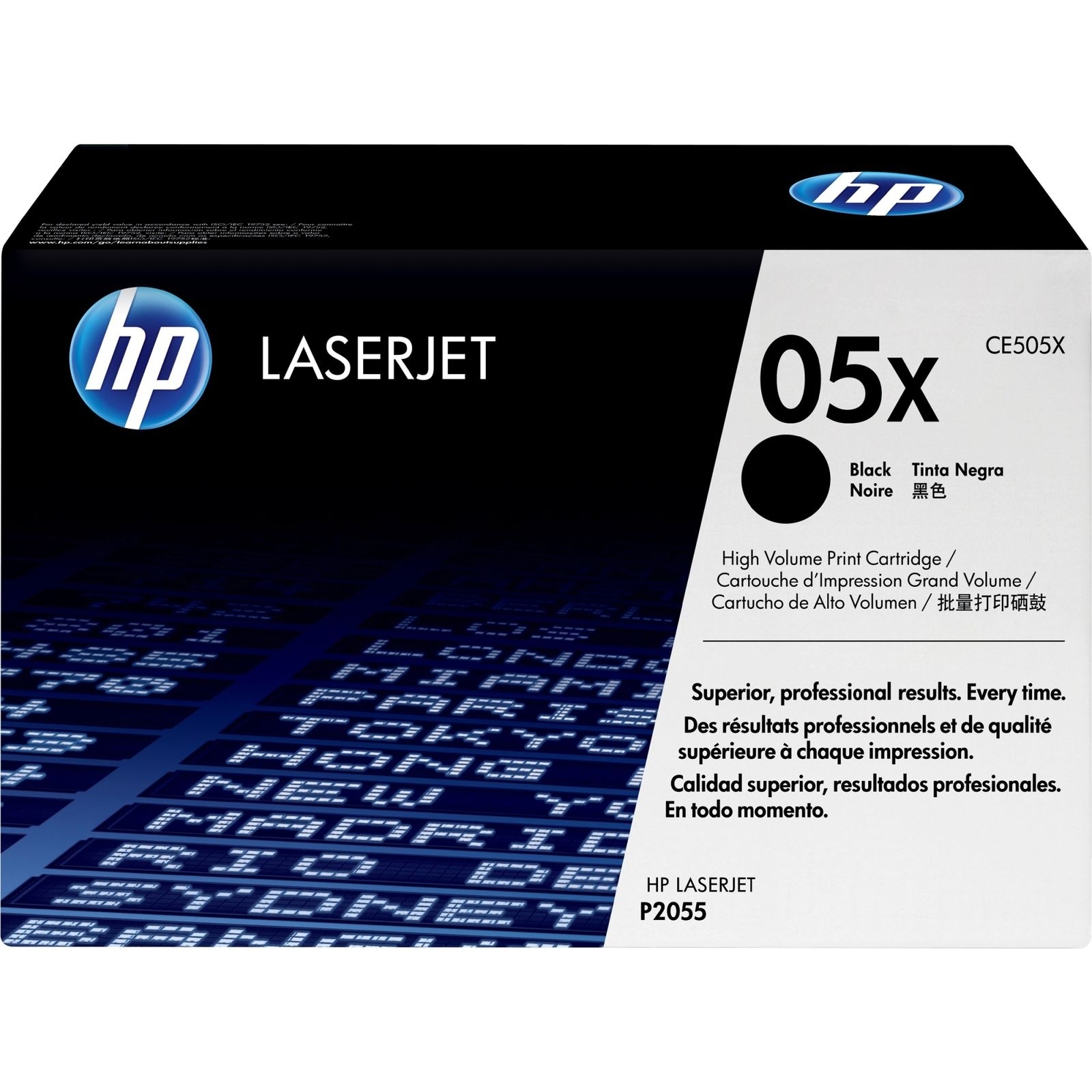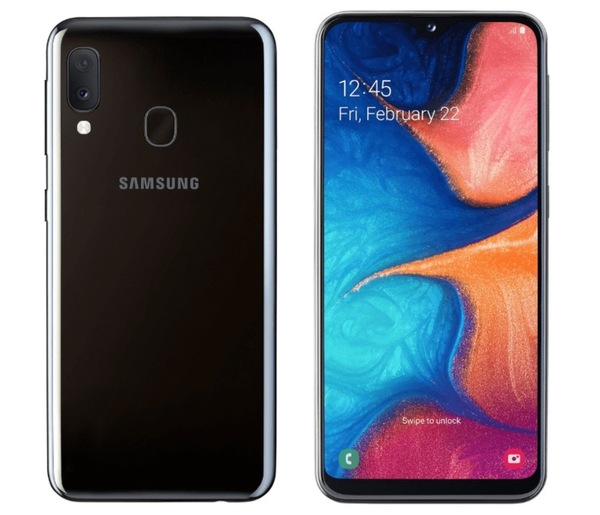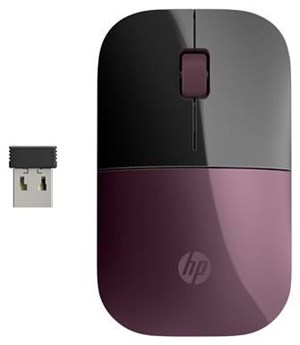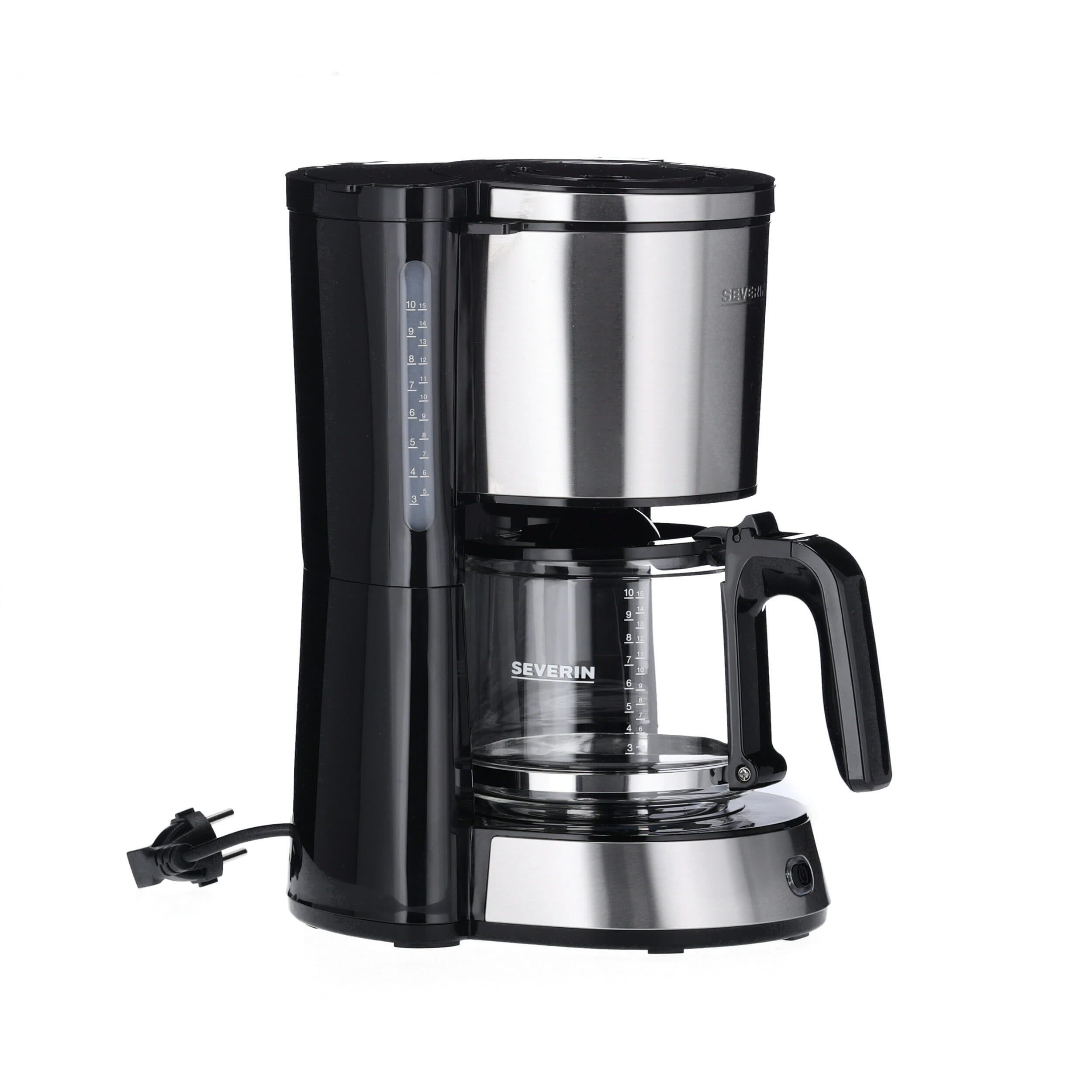Как получить приветственный бонус на Mostbet KZ условия регистрации и полезные советы
В мире азартных игр существует множество возможностей для получения приятных сюрпризов, и Mostbet KZ предлагает своим клиентам разнообразные программы поощрения. Каждый новый игрок может воспользоваться интересными предложениями после регистрации, что добавляет дополнительной мотивации для начала игры.
Участвуя в акциях, пользователи могут улучшить свои шансы на успех. Чтобы максимизировать выгоду от вкладов, важно ознакомиться с основными нюансами и предстоящими возможностями. Все это позволит принять участие в различных предложениях и значительно повысить свои игровые результаты.
Отправляясь в увлекательное приключение с Mostbet KZ, важно быть внимательным к информации о акциях, а также следить за условиями, чтобы не упустить возможности. Помните, что каждый элемент, включая суммы депозитов и спецификации акций, играет ключевую роль в общей стратегии игры.
Регистрация аккаунта на платформе Mostbet KZ
Процесс создания аккаунта на платформе представляет собой важный шаг для всех желающих участвовать в различных акциях и наслаждаться игровыми возможностями. Первое, что необходимо сделать, это перейти на официальный сайт и выбрать функцию регистрации. Пользователям будет предложено заполнить специальную форму с личными данными.
Важно указать действующий номер телефона и адрес электронной почты, так как они понадобятся для подтверждения и безопасности аккаунта. После заполнения требуемых полей рекомендуется внимательно ознакомиться с правилами использования сервиса и подтвердить их, что является необходимым условиям для успешной авторизации.
После завершения регистрации следует произвести первый депозит, который откроет доступ ко многим преимуществам и поможет стать участником акций. Депозиты могут осуществляться через различные платежные системы, что делает процесс еще более удобным.
Учтите, что для достижения максимальной выгоды важно следить за необходимыми условиями акций, а также использовать различные предложения, которые могут появляться на платформе. Таким образом, регистрация является ключевым этапом на пути к увлекательному опыту в мире ставок и азартных игр.
Требования для получения приветственного бонуса
Для получения акций на платформе необходимо учитывать несколько важных аспектов. Прежде всего, новые пользователи должны завершить регистрацию, предоставив все требуемые данные. Как правило, для активации предложений требуется внести первый депозит, который может иметь минимально установленный порог.
Кроме того, важно следить за актуальными условиями акций, так как они могут меняться. Необходимо ознакомиться с правилами, так как в некоторых случаях нужно использовать специальный промокод. Это часто упоминается в условиях предложений, поэтому будьте внимательны при их изучении.
Также потенциальным участникам следует знать, что одно из основных требований – это единственная возможность активации привилегий на одного игрока, что исключает возможность их многократного получения. Обязательно рекомендуется внимательно проверить все условия перед тем, как вводить свои данные или совершать депозит.
Рекомендации по применению поощрительных средств для ставок
Использование акций для новых пользователей может значительно улучшить опыт игры на платформе. При ставках важно учитывать несколько аспектов, которые помогут оптимально использовать выделенные средства. Во-первых, обратите внимание на условия акций, чтобы максимально эффективно направить свои депозиты. Четкое понимание требований поможет избежать неприятных ситуаций и увеличить шансы на выигрыш.
Во-вторых, стоит экспериментировать с различными стратегиями ставок. Применяйте разные подходы, чтобы понять, какой стиль игры наиболее удобен и приносит лучшие результаты. Не забывайте следить за актуальными предложениями и акциями, которые могут дополнительно повысить вашу эффективность и финансовые возможности на платформе.
Наконец, рекомендуется вести учет своей активности и анализировать результаты. Это даст возможность выявить успешные и неудачные ставки, а также скорректировать стратегию в будущем. Такой подход поможет не только увеличить количество выигрышных ставок, но и подарит уверенность в своих действиях при игре на сайте.
Для более подробной информации об игровых акциях и стратегиях, вы можете посетить 1xslots официальный сайт зеркало.

